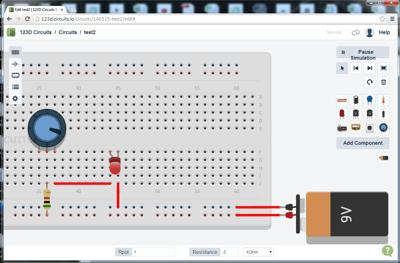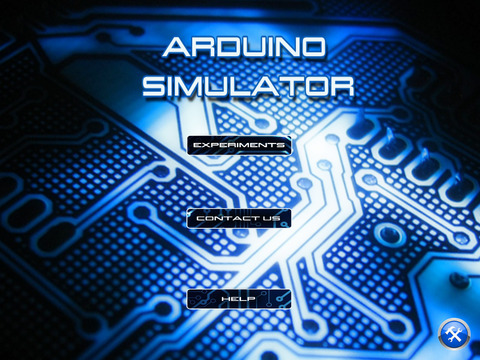

- #123 arduino simulator professional#
- #123 arduino simulator series#
- #123 arduino simulator simulator#
#123 arduino simulator professional#

Arduino-focused – Some are focused on general electronics and boards and may not offer the most accurate representation.However, you’ll want to look for features, such as: You’ll discover there are numerous options to choose from. You can always buy a kit when you feel you’re ready. During the learning phase, this can save you a lot of money. Whether you’re new or teaching someone else, a simulator is a risk-free way to learn more about circuitry and electronics without damaging anything. If you’re new to Arduino, it may feel a little intimidating at first. With simulators, you can test without buying more equipment or while you’re waiting for more to arrive. You may already be using what you have for other projects, such as controlling certain things in your smart home. A few globs of epoxy later and the electronics were held firmly in place.Concerning equipment, you may not have an Arduino board or kit readily available at the moment. Once the box was ready I popped in the electronics, they're all stuck to the 7-segment component which I knew would fit based on the laser cut test. 12 hours later it was ready for cleaning and sanding. Once the 3D Model was ready we printed it on an Objet Connex 500 with multimaterials, clear and white. Everyone has their favorite tools, use what works for you. You could also use Tinkercad, it will allow you to import vectors, extrude them ( here's a video explaining that process), and build a box around everything. Using the vector file we imported it into Inventor and built a box around it. We then laser cut the vector file to see if it fit the 7-segment component well. To get it to fit the box snugly we put it on a scanner (face down) and traced the resulting scan in Illustrator - creating vectors that lined up with the segments and the perimeter. I will revisit this in the future! The large 7-segment display has loose tolerances. and until we release a way to design the enclosure from within 123D Circuits I'll keep this brief: We used Inventor. (comment out the other "void loop" lines) uncomment out this small loop to test that all segments are working. Void writeDigit(int digit) it is showing the final result, slowing down as it goes Serial.begin(9600) //uncomment this line for debugging, it will otherwise mess with the numbers!Īccelero.begin(slp, st, zg, gsel, A0, A1, A2) //config the accelero to use the pins from above and to read analog values from A0, A1, A2ĪtARefVoltage(5) //telling accelero that the AREF voltage is 5V (to get higher resolution you'd set this to 3.3 and blue-wire it on the board)ĪtSensitivity(LOW) //sets the sensitivity to +-1.5GĪccelero.calibrate() //you need to do this for brake light, probably not for dice. initialize the digital pin as an output.

the setup routine runs once when you press reset button on Arduino or power up: Int slp = 11 //sleep (output from Arduino)ĪcceleroMMA7361 accelero //create the accelero object Int gsel = 9 //g-force range, +-1.5g and +-6g (output from Arduino) Int st = 8 //self test (output from Arduino) mapping of the accelerometer board from sparkfun, these are Arduino outputs mapping of the Arduino board to the large 7-segment from Sparkfun, letter is segment, number is Aruino Digital Output #include //should be in Documents/Arduino/Libraries (on a Mac) Tools solder or soldering paste soldering iron multi meter wire strippers tweezers computer with usb cable to program the Arduino Optional box or enclosure, we 3D printed one double-sided sticky foam tape - to hold things together screws, glue, or epoxy - to hold things inside the inclosure I'll cover this in more detail on the next step. Press "Fork" and all of a sudden the circuit is yours.
#123 arduino simulator series#
Bill Of Materials (BOM) 1 Arduino UNO (could be any Arduino that takes a standard shield) 1 circuit board designed in 123D Circuits ( ) 1 triple axis accelerometer breakout - MMA7361 from Sparkfun 1 extra huge 6.5" tall 7-segment display from Sparkfun 1 on/off switch (spst) 1 barrel connector for DC power - size "M" batteries in series (you'll want at least 14 volts, here we're using 18 volts) battery holders wire Parts list for the Arduino shield designed in 123D Circuits are here. Here is what' on the inside and what you'll need.


 0 kommentar(er)
0 kommentar(er)
